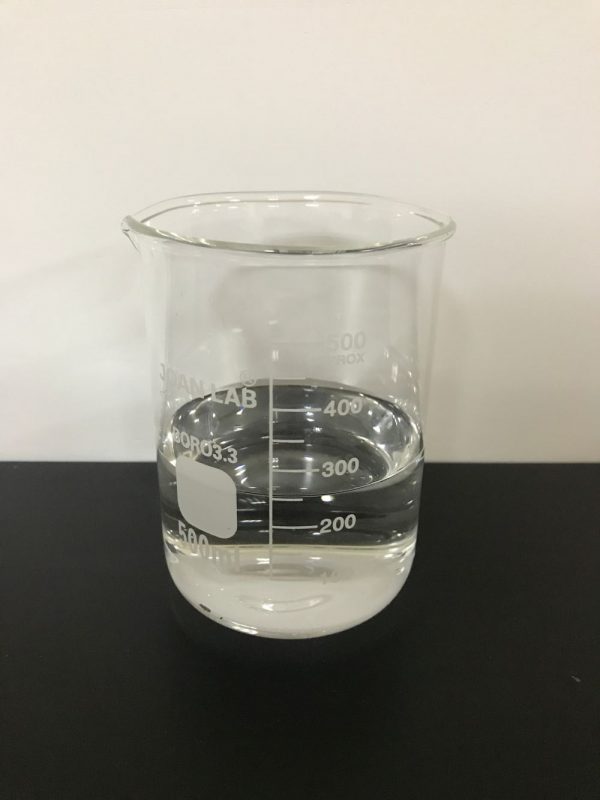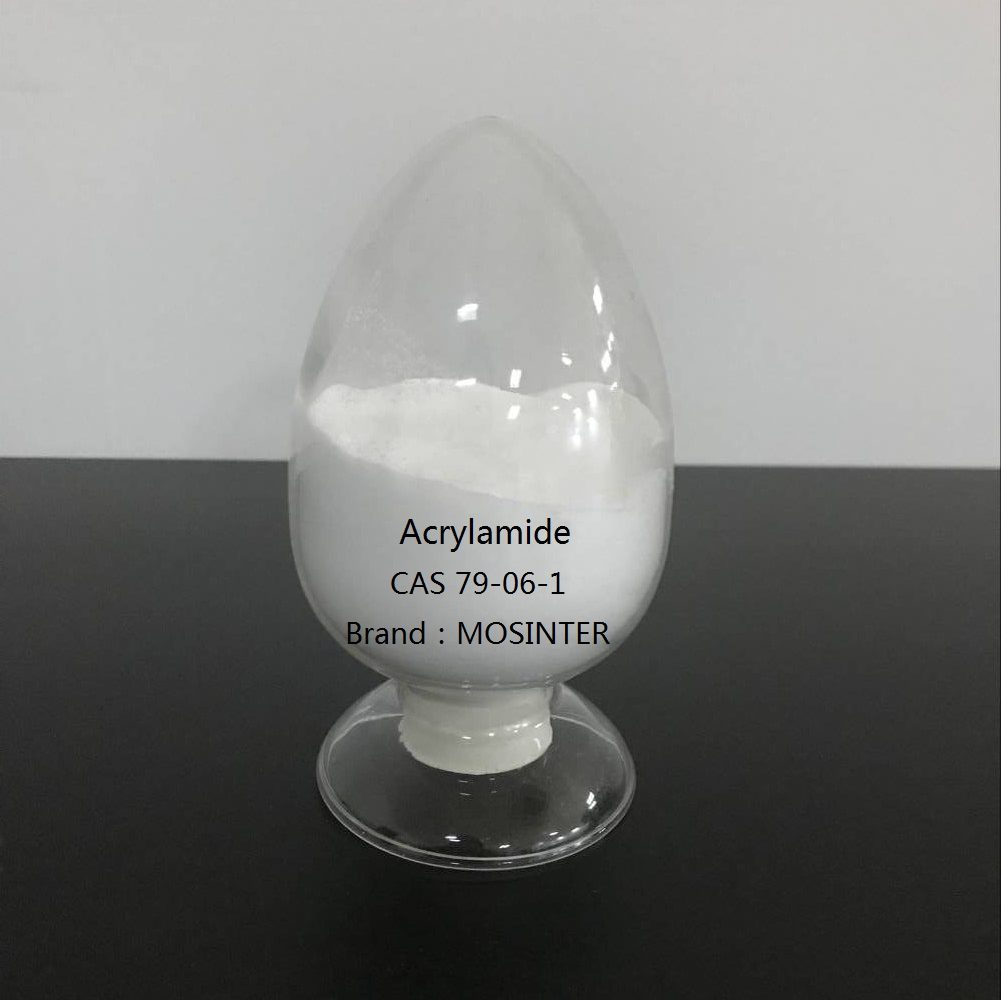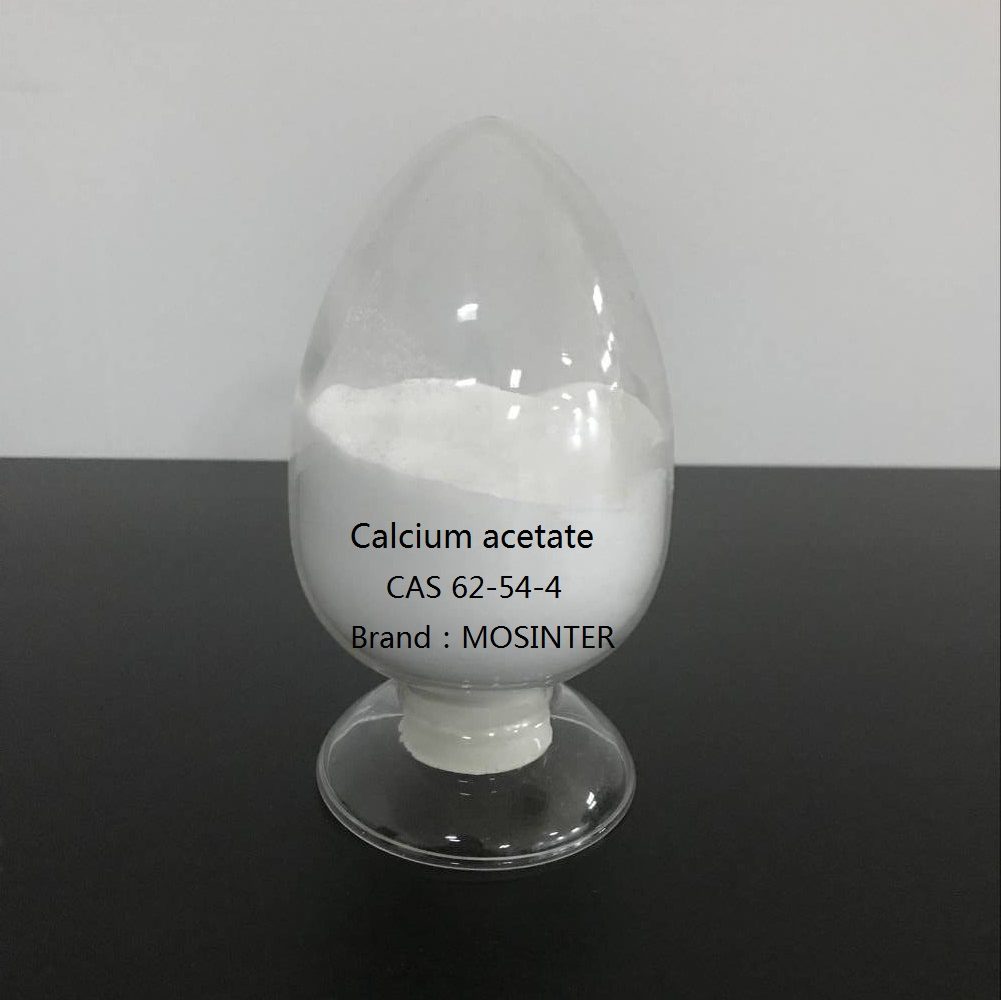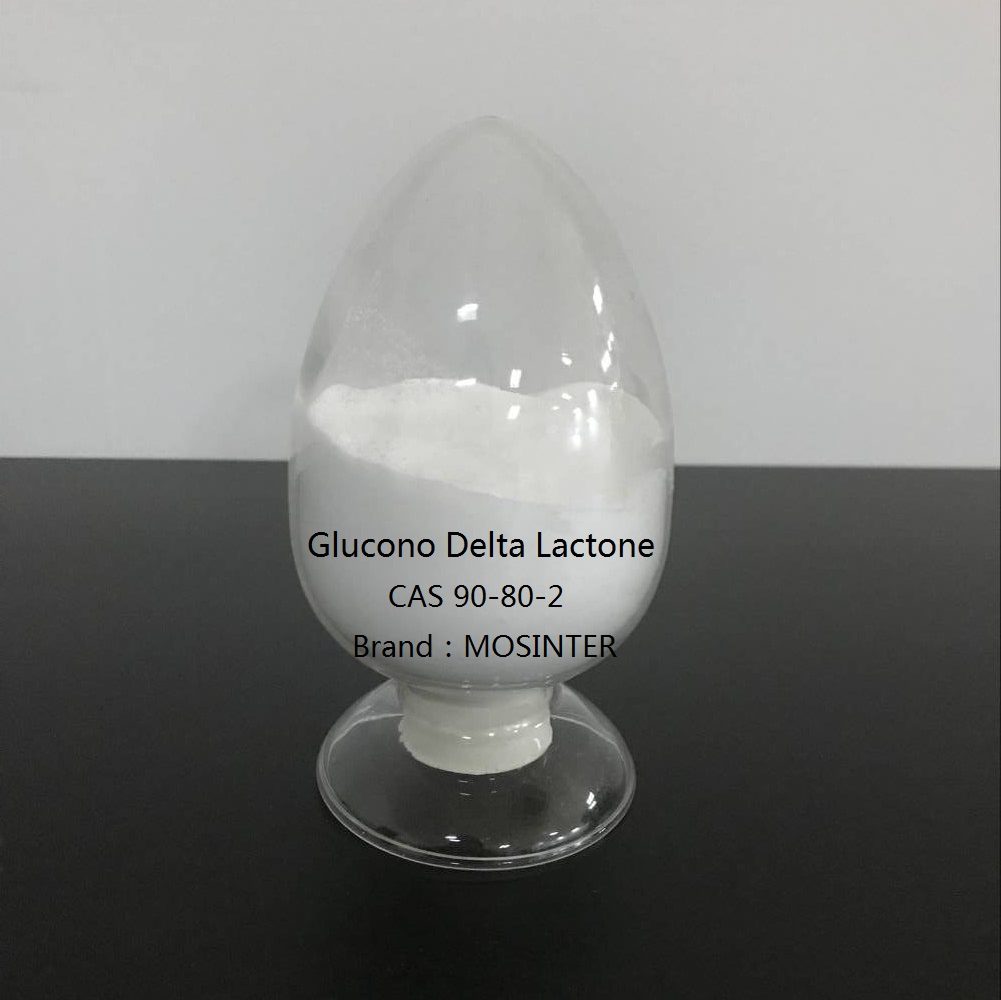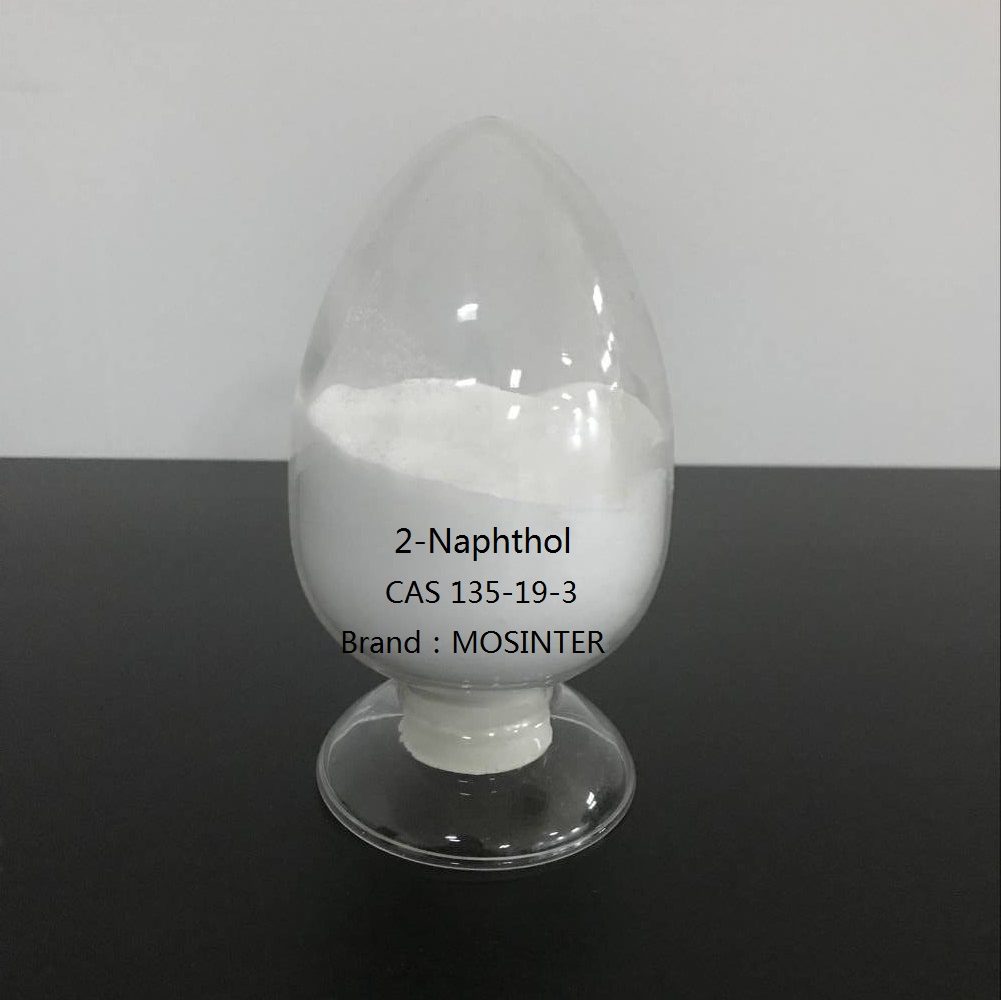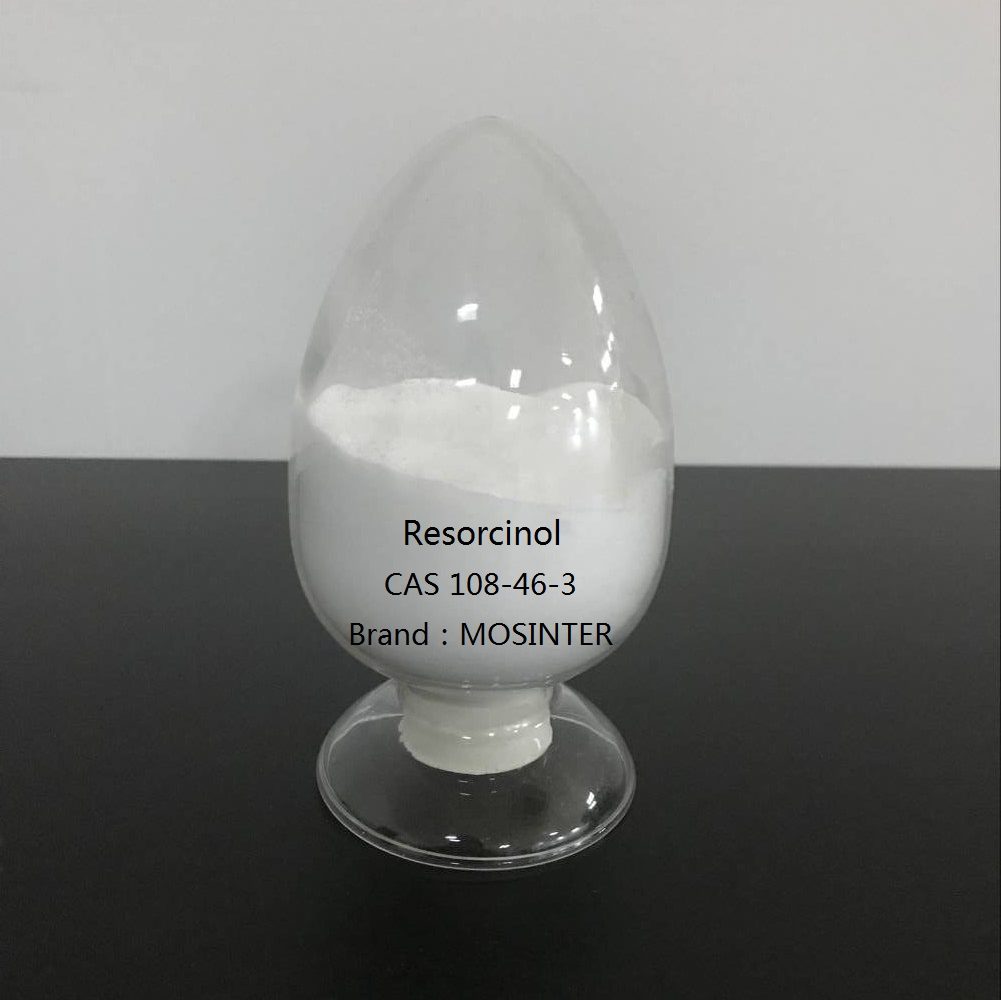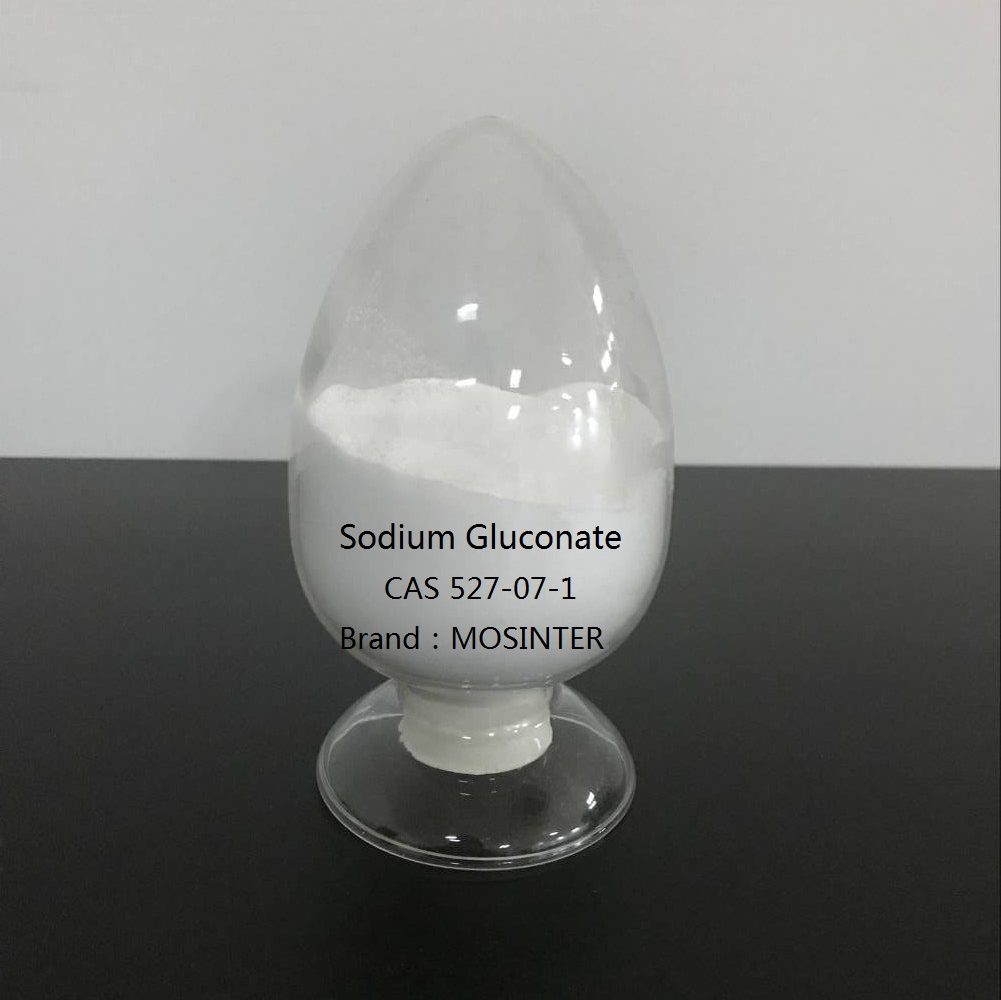- Have any questions?
- +86-189 8930 5995
- sales@mosinterchem.com.cn
Benzyl Alcohol CAS 100-51-6

Monomethylaniline MA CAS 100-61-8
24/12/2018
Triethylamine CAS 121-44-8
24/12/2018| Model: | MOS100-51-6 |
| Brand Name: | MOSINTER |
| CAS No.: | 100-51-6 |
| Melting Point: | -15 °C |
| Boiling point: | 205 °C |
| Density: | 1.045 g/mL at 25 °C(lit.) |
| Vapor density: | 3.7 (vs air) |
| Vapour pressure: | 13.3 mm Hg ( 100 °C) |
| Flashing point: | 201 °F |
| Refractive index: | n20/D 1.539(lit.) |
| Storage condition: | 2-8°C |
| Solubility: | H2O: 33 mg/mL, clear, colorless |
| Soluble: | 4.29 g/100 mL (20 ºC) |
Benzyl Alcohol (CAS: 100-51-6)
| Item | Index |
| Appearance | Colorless transparent liquid |
| Content % | 99.9 |
| Boiling point ℃ | 205.4 |
| Melting point ℃ | -15.3 |
| Flash point ℃ | 100 |
| Spontaneous point ℃ | 435 |
| Density | 1.0455 |
Benzyl alcohol is an aromatic alcohol with the formula C6H5CH2OH. The benzyl group is often abbreviated “Bn” (not to be confused with “Bz” which is used for benzoyl), thus benzyl alcohol is denoted as BnOH. Benzyl alcohol is a colorless liquid with a mild pleasant aromatic odor. It is a useful solvent due to its polarity, low toxicity, and low vapor pressure. Benzyl alcohol is partially soluble in water (4 g/100 mL) and completely miscible inalcohols and diethyl ether.
Applications
Benzyl alcohol is used as a general solvent for inks, paints, lacquers, and epoxy resin coatings. It is also a precursor to a variety of esters, used in the soap, perfume, and flavor industries. It is also used as a photographic developer.
Nanotechnological uses
Benzyl alcohol has been used as a dielectric solvent for the dielectrophoretic reconfiguration of nanowires.
Use in health care
Benzyl alcohol is used as a bacteriostatic preservative at low concentration in intravenous medications, cosmetics and topical medicine.
The use of benzyl alcohol as a 5% solution has been approved by the U.S. FDA in the treatment of head lice in children older than 6 months and in adults.
Other uses
Benzyl alcohol has nearly the same refraction index of quartz and wool fibre. If a clear quartz object is immersed in benzyl alcohol, it becomes almost invisible. This has been used as a method to non-destructively recognize if an object is made of true quartz or not (see crystal skull). Similarly, white wool immersed in benzyl alcohol also becomes almost invisible clearly revealing contaminants such as dark and medullated fibres and vegetable matter.

